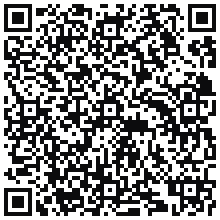Postal Address : Huma Globe House, House # 45, Sector C, Sheikh Maltoon Town, Mardan, KPK, Pakistan.
Regional Office(Europe): 7 Hurst Park Avenue, Cambridge CB4 2AA UK.
+92-332-9147-618
Journal Management : managingeditor@gesrjournal.com
Article Submission: articles@gesrjournal.com
Information : info@gesrjournal.com





